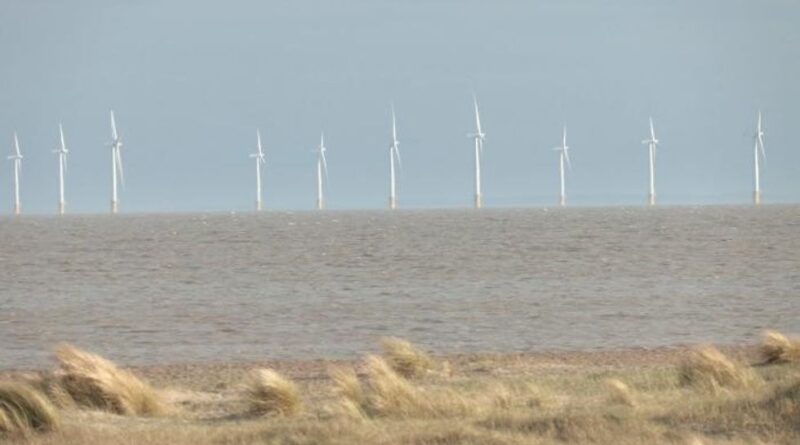Taxpayers tipped to pay out eye-watering £60bn for ‘electrical spine’ of pylons across Britain
An “electrical spine” of pylons could take over Britain’s countryside as experts warn that new plans could cost taxpayers £60billion.
National Grid announced plans on Tuesday about how 86GW of offshore turbines will be carried from Scotland.
With the Government’s target to decarbonise the electricity system by 2035, National Grid has said they will need to invest in the new offshore wind farms to hit the target.
The company’s Electricity System Operator division, National Grid ESO, is expected to recommend the creation of an “electrical spine” across Scotland and northern England.
It would connect Peterhead in Aberdeenshire and Merseyside and create up to 20,000 jobs annually.
The plans have sparked fears that the new pylons would spoil the countryside.
Experts are now warning about the harm of a “one-size-fits all solution” to reach net zero with electricity.
Mike Foster, CEO of the Energies and Utilities Alliance, said: “We need huge quantities of renewable power if we are to decarbonise the UK. But we also need to accept that wind power is intermittent, so we need a back-up plan. Gas, ideally a zero-carbon gas, is the safety net that means the lights will stay on.
LATEST DEVELOPMENTS:
Britain’s pylon epidemic: Number of invasive poles set to DOUBLE – and it could cost taxpayers TRILLIONSHomes near electricity pylons to get £1,000 a YEAR off energy billsLocals clash with National Grid over plans to build ‘FOREST of pylons’ in countryside
“But we need to go further. It is unacceptable to pay companies for not using the wind power they can generate, so-called curtailment payments.
“So we must signal the clear intent that wind-generated power is converted into hydrogen gas – giving industry the fuel they need to keep working in the UK.
“And that’s not just heavy industry, but businesses up and down the land that need heat for making the goods we want to sell to the world.
“Our world-leading gas networks can shift the gas to where it is needed, when it is needed. That’s why hydrogen generated from wind power can be a lifesaver for British industry.”
The route is yet to be decided, but the cable is expected to run down the east coast through the central belt of Scotland and to the northwest of England.
Fintan Slye, the ESO executive director, said: “Great Britain’s electricity system is the backbone of our economy and society and must be fit for the future”.
He said the company had to take “swift, co-ordinated and lasting action” to meet the net- zero target.

